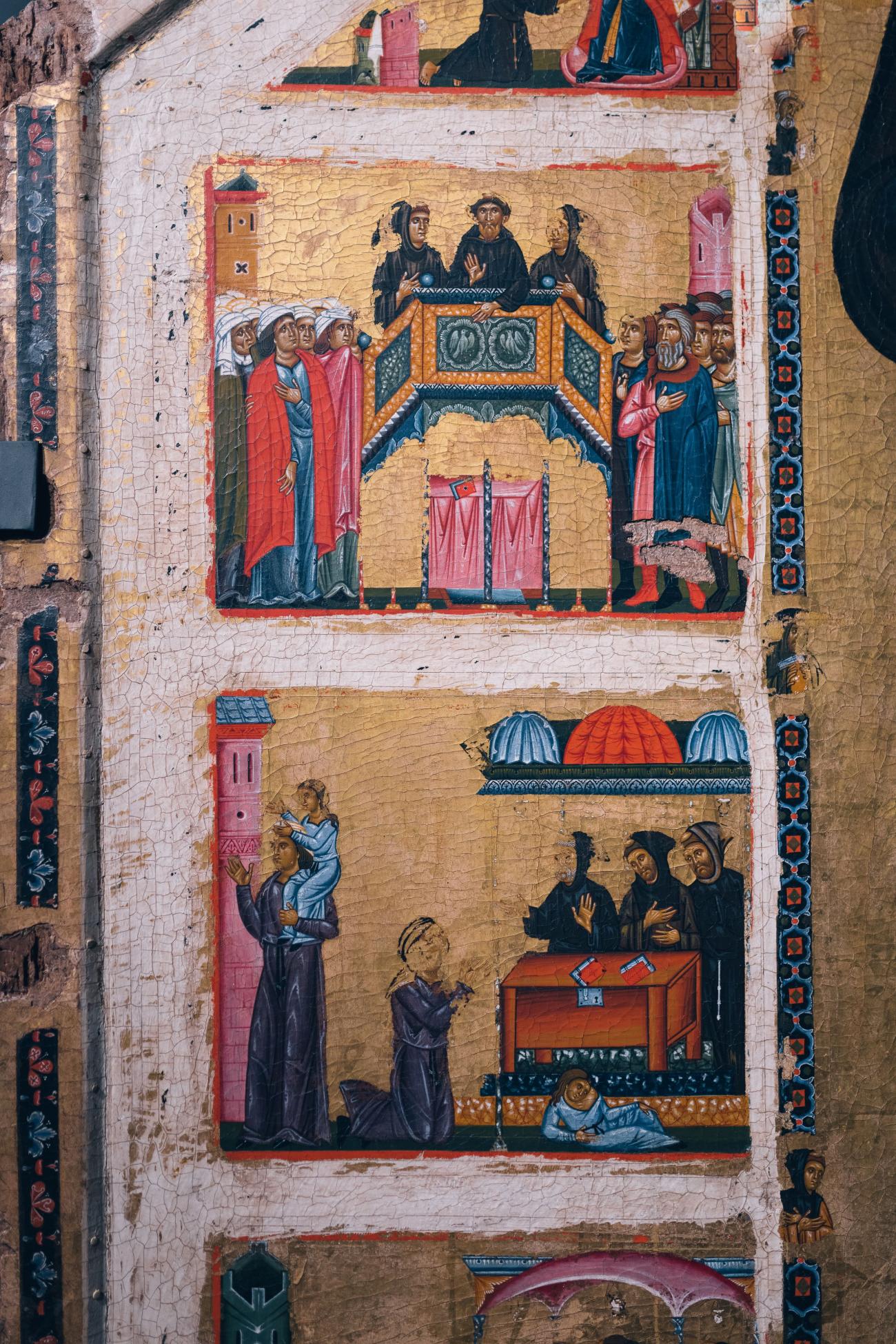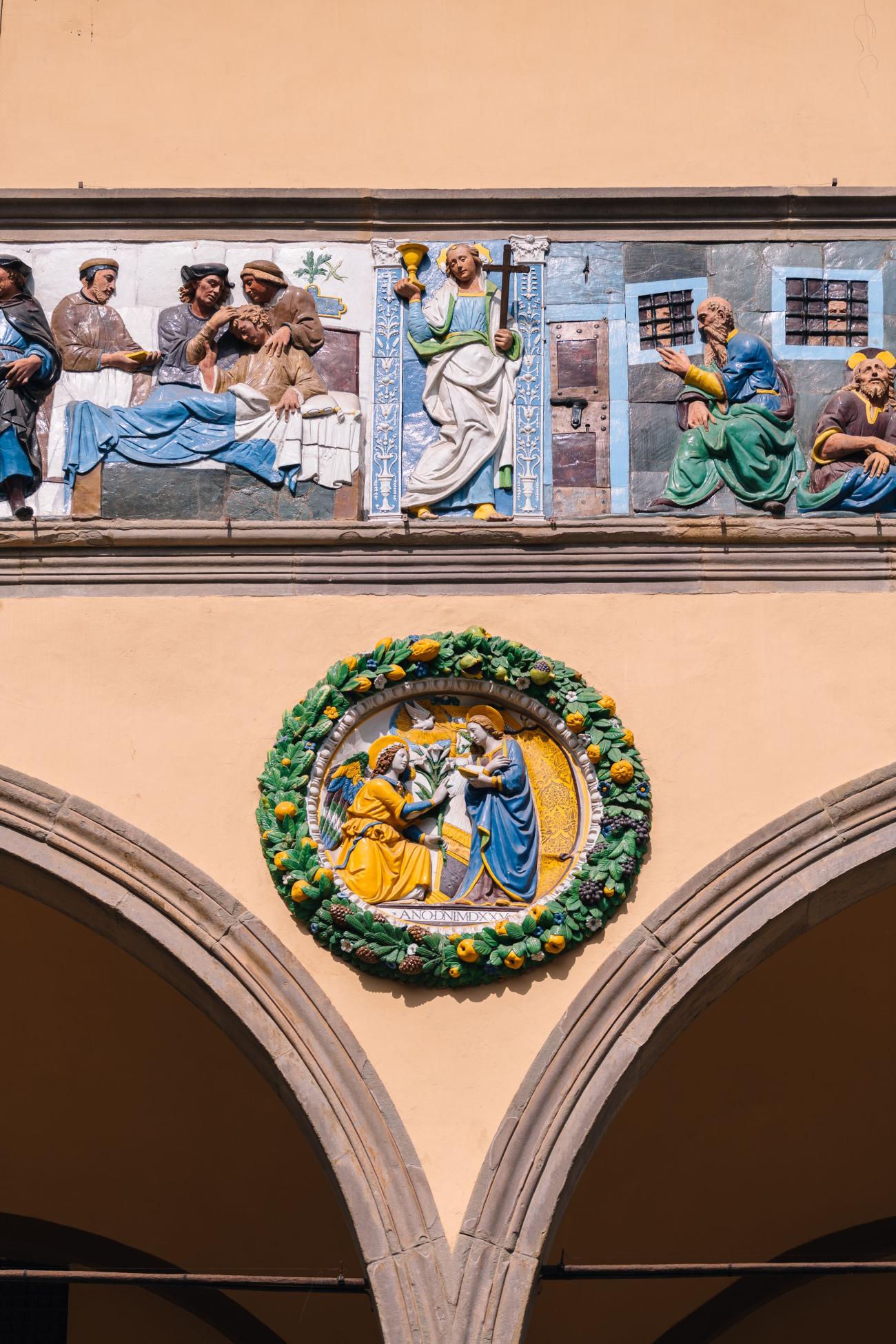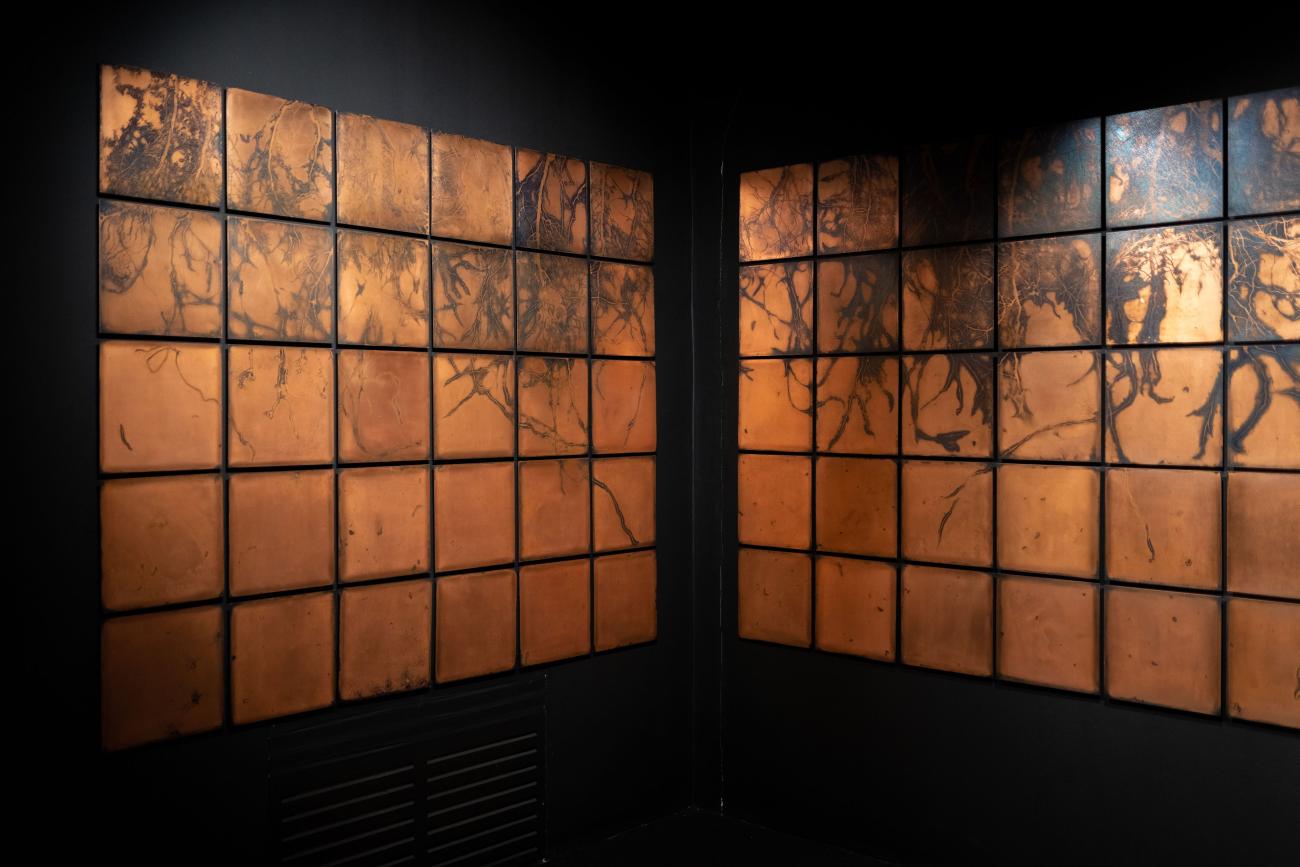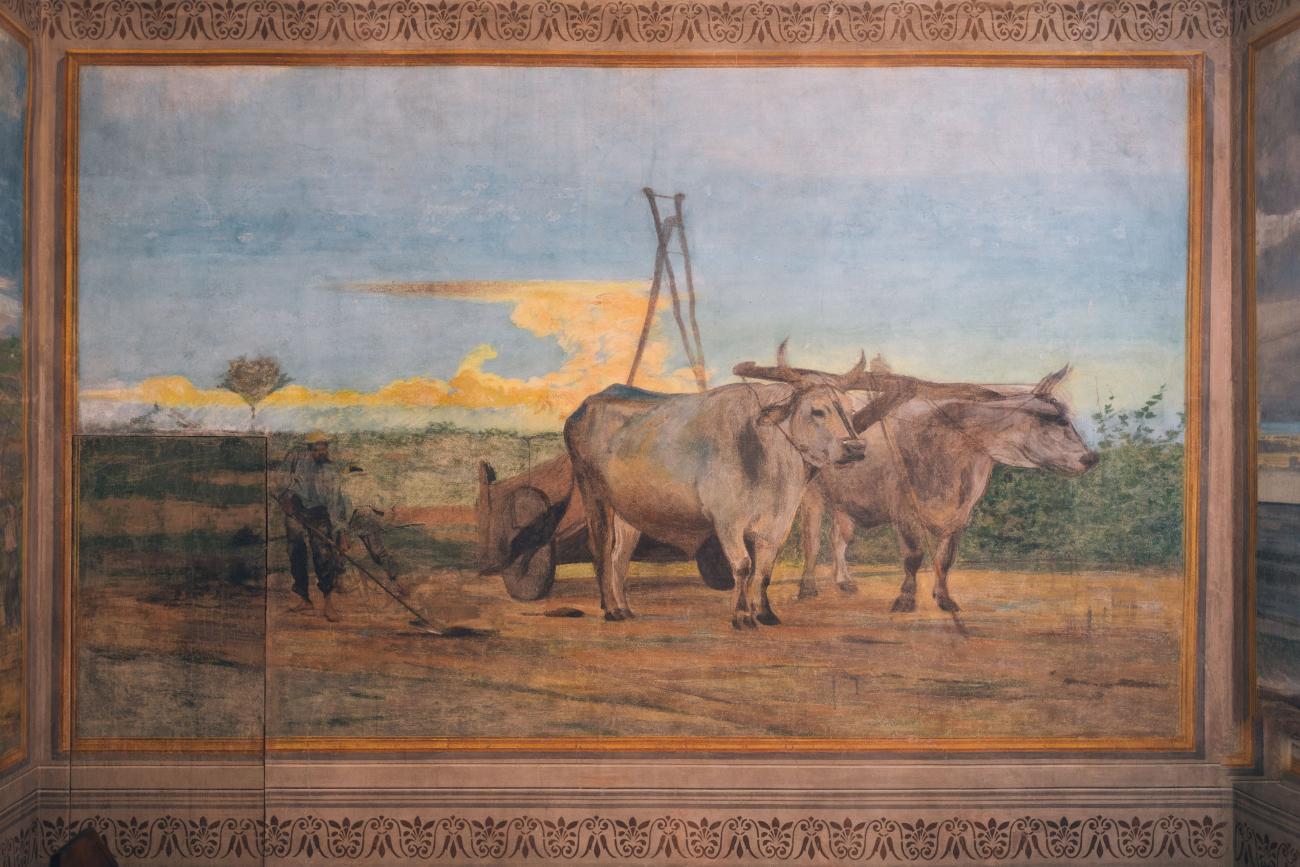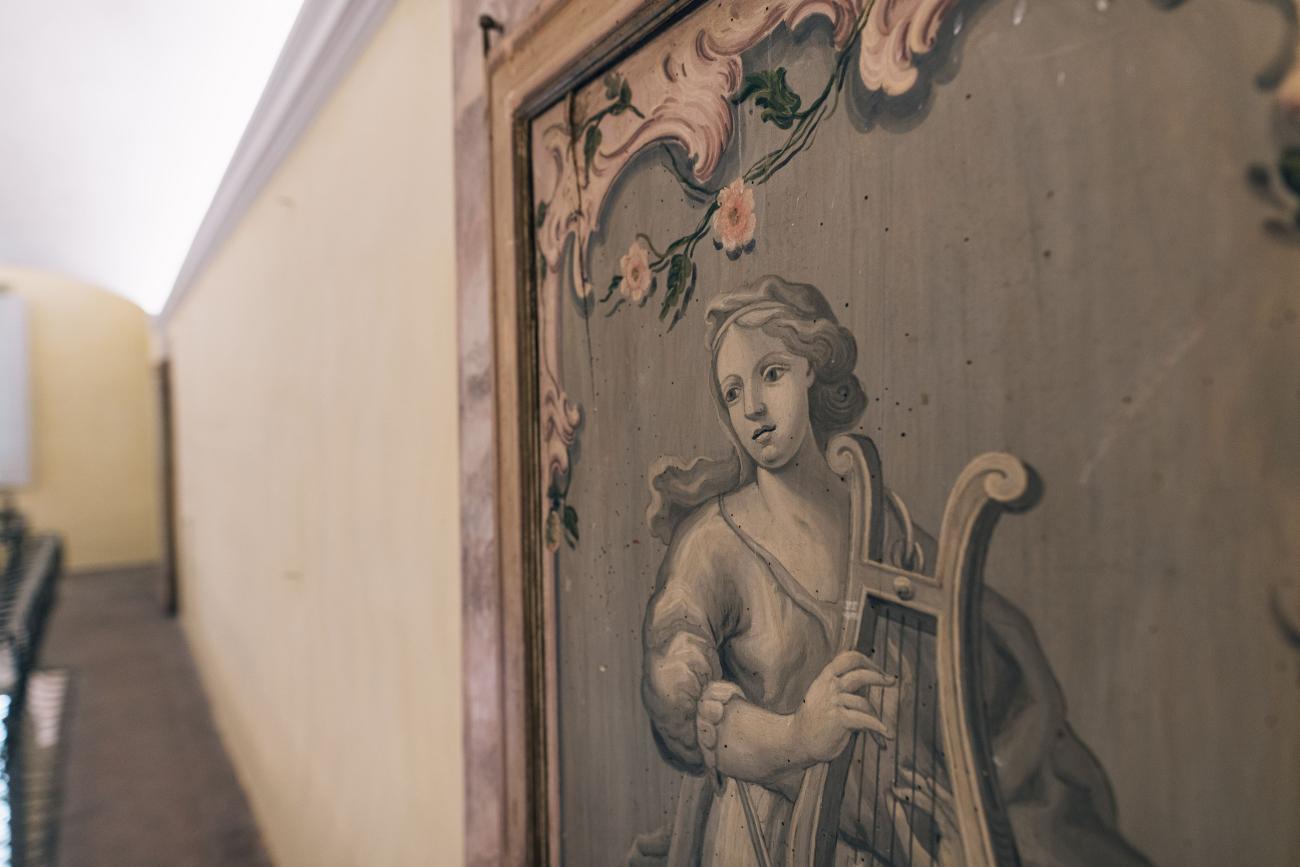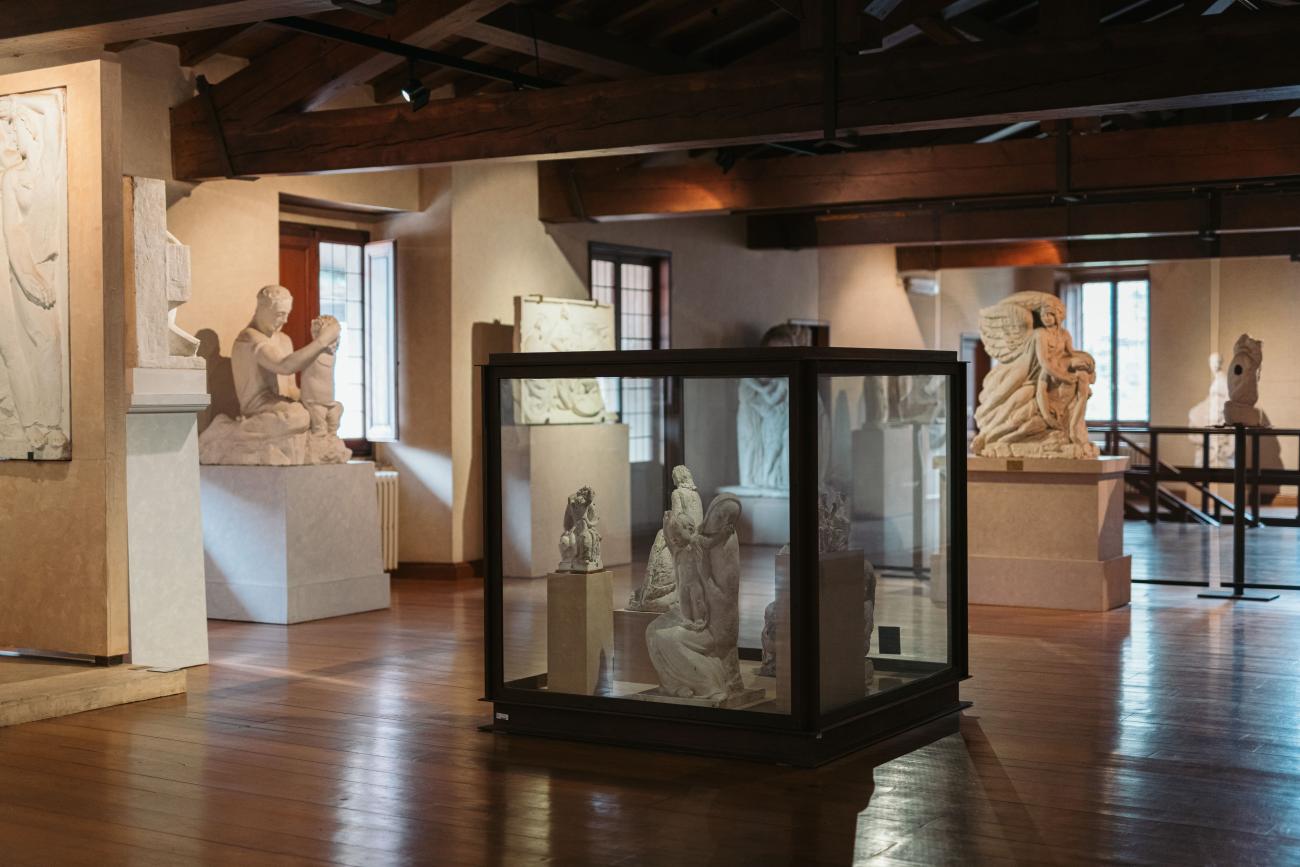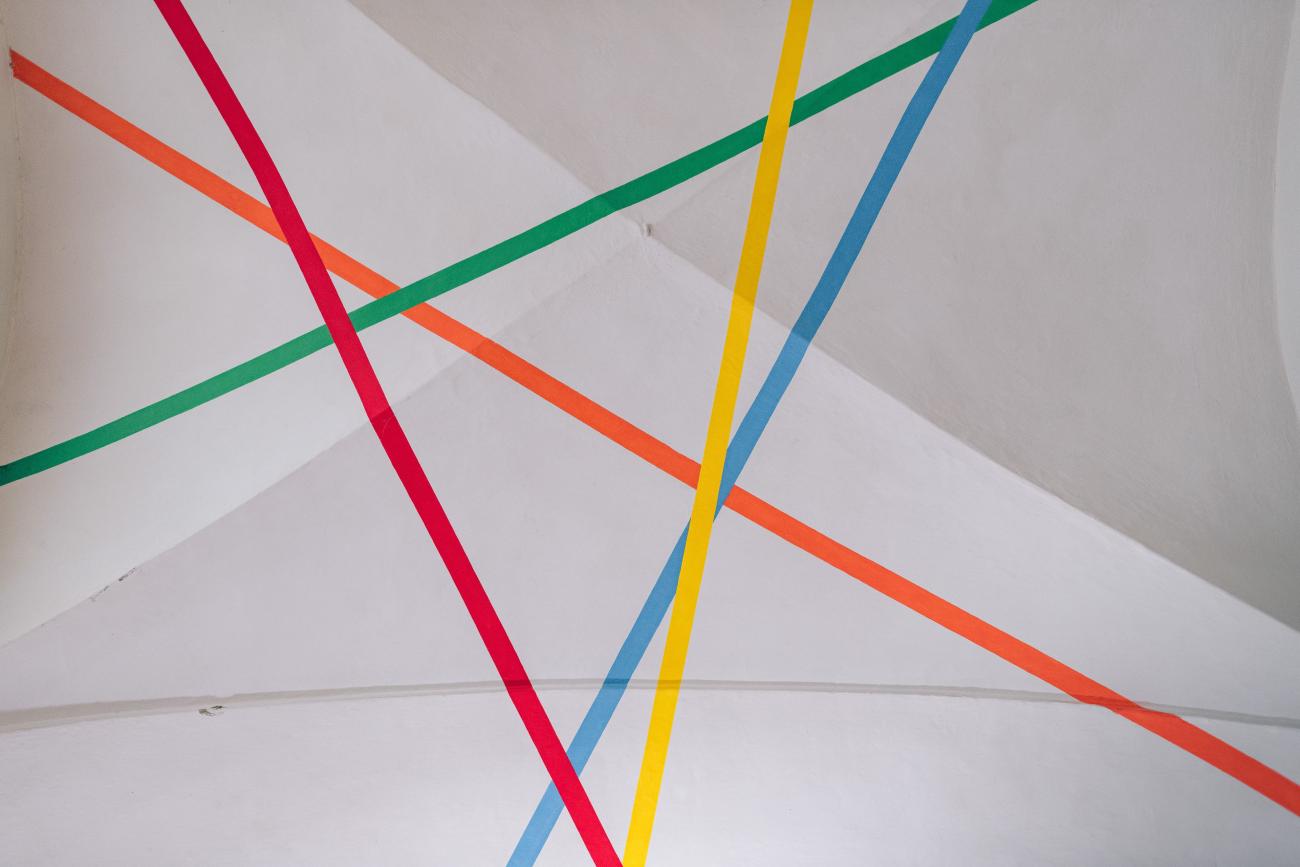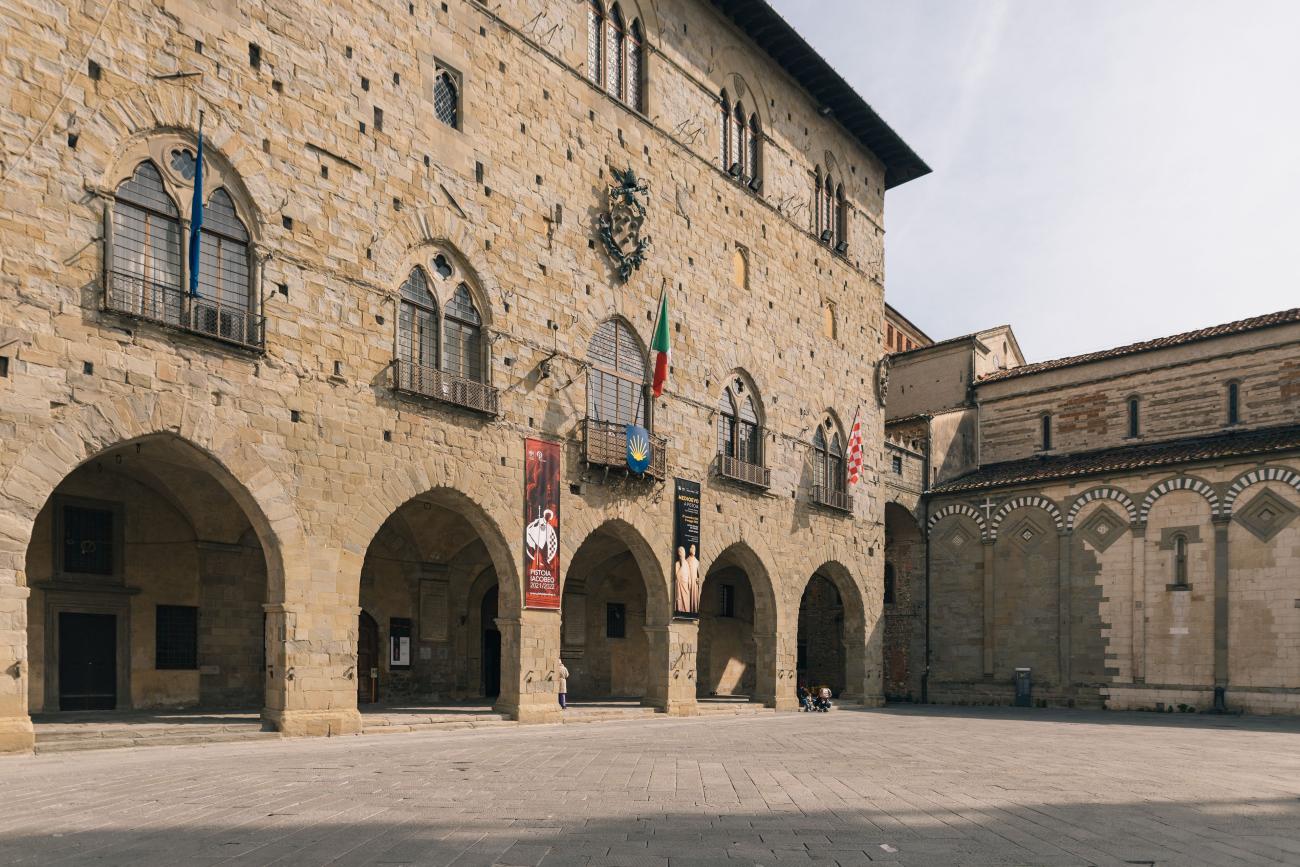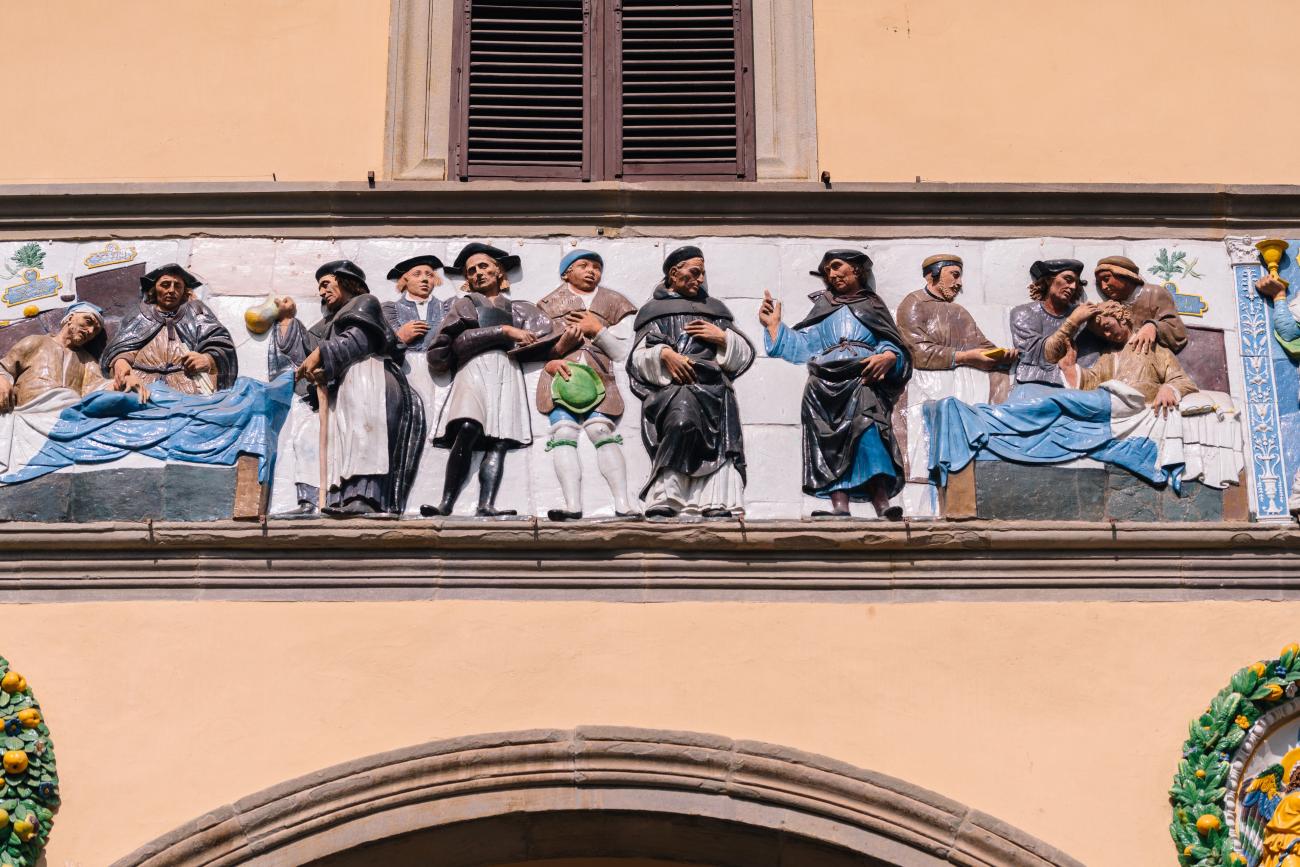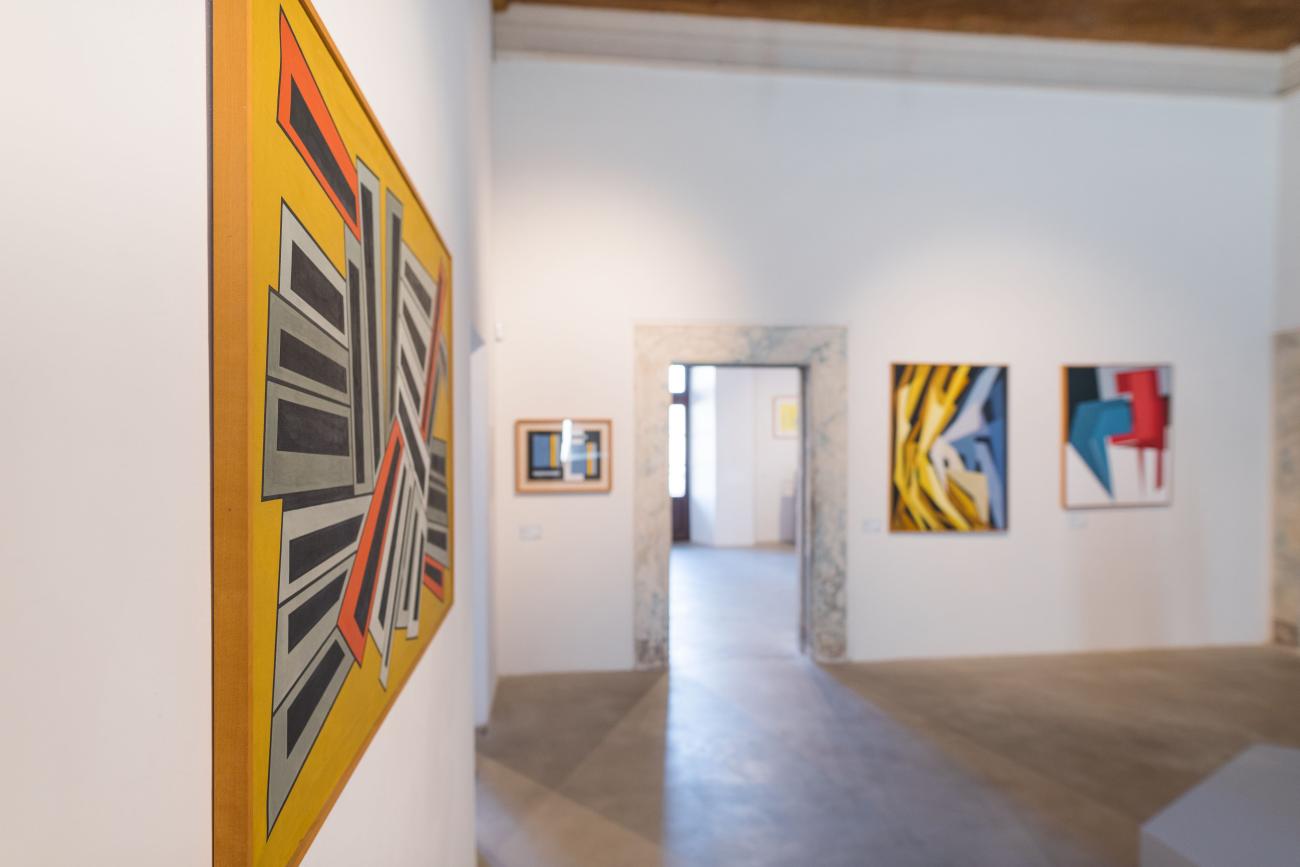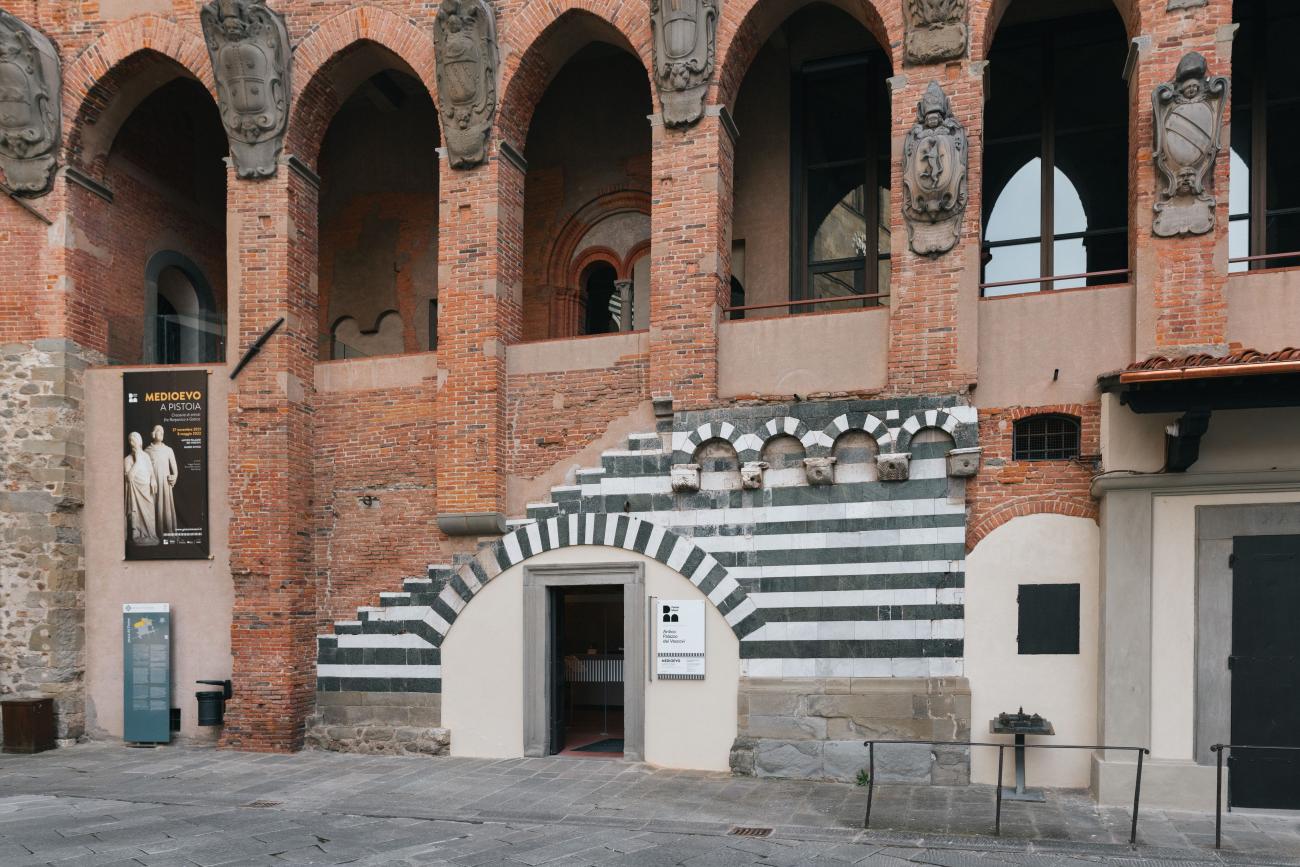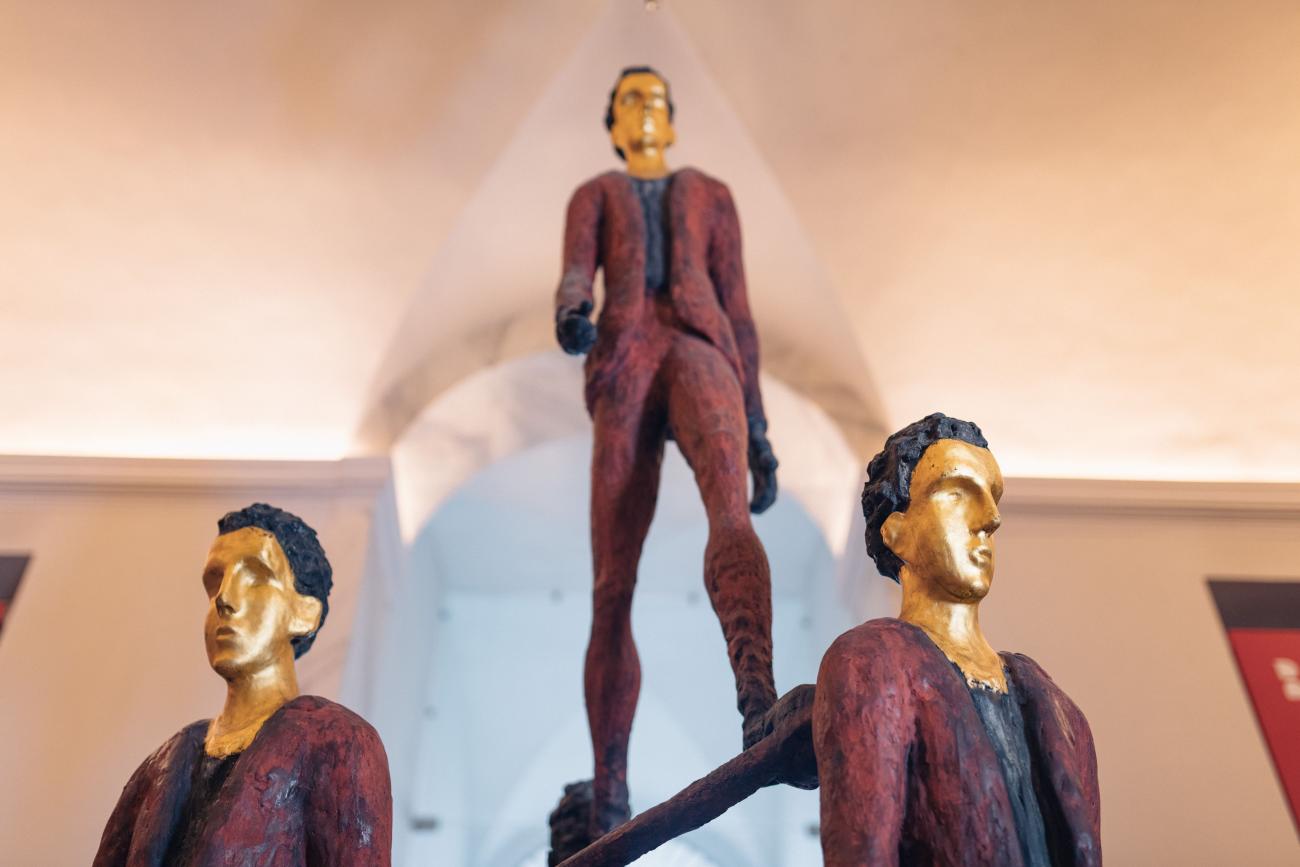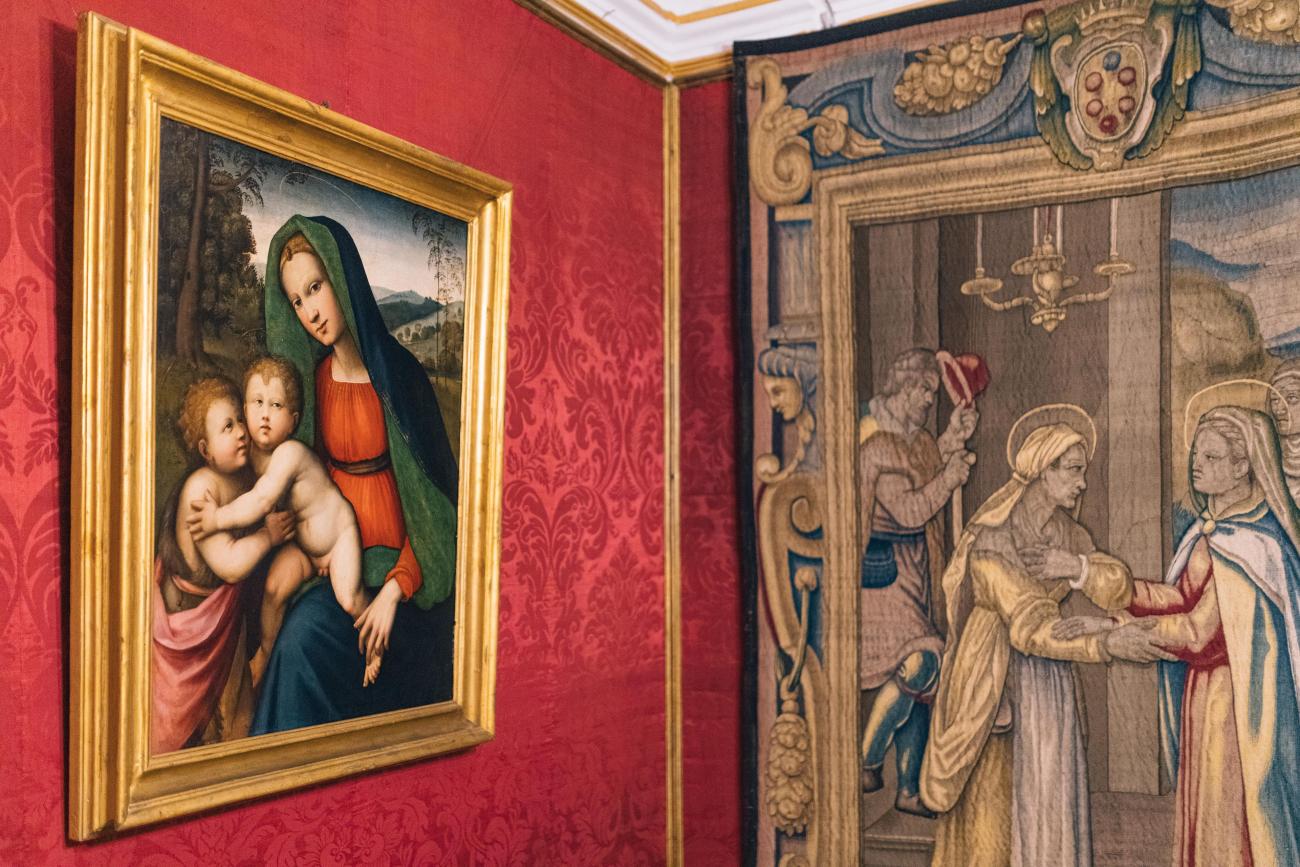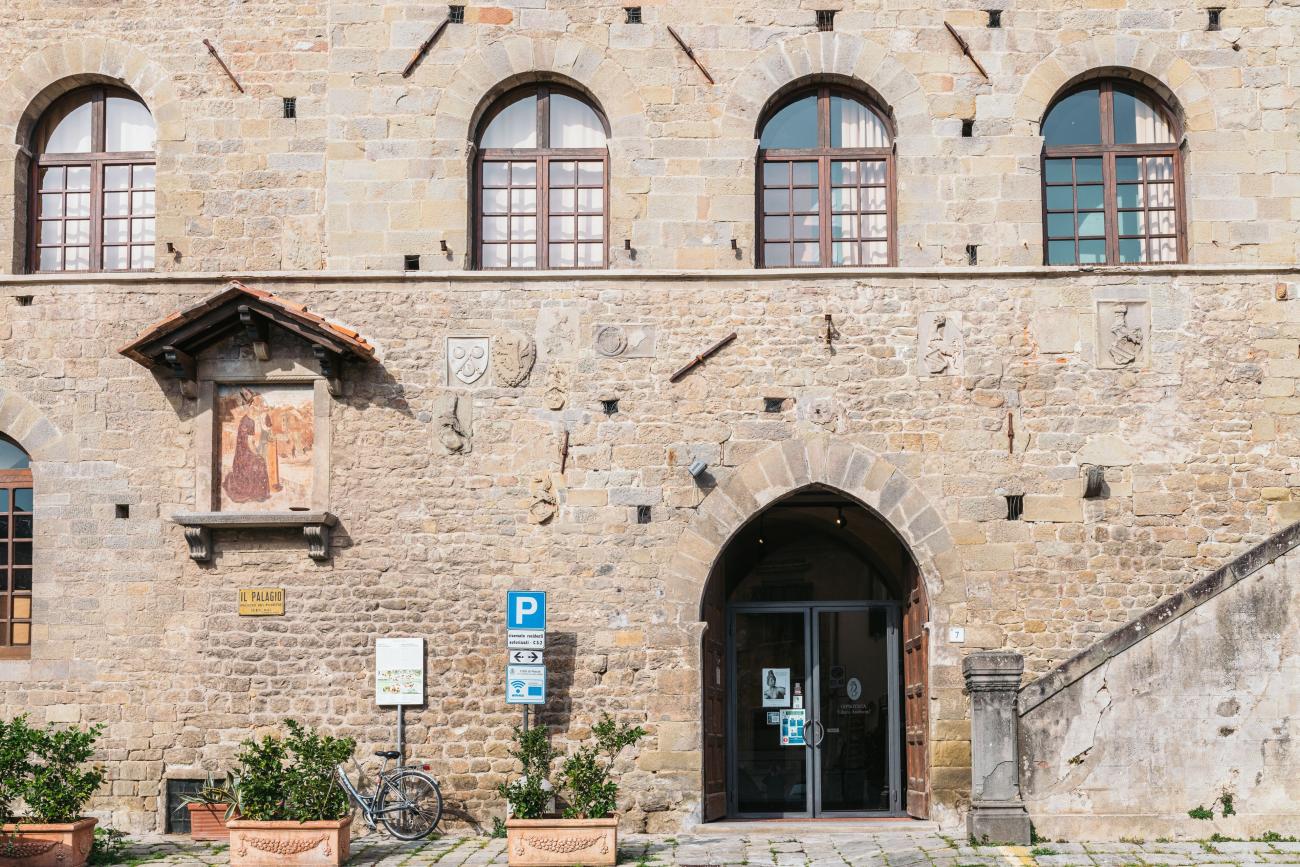There is a close link between nature and art. Both are creative forces and
natural elements have always been the substance of art: the wood in painted boards and sculptures; the stones fashioned by burrs and chisels; the pigments in colours; terracotta; the paper in drawings and paintings; fabrics in woven vegetable fibres; water as the initial binder in colours and the driving force in different artistic techniques; the fire in forging metals...
Moreover, nature is the first muse to inspire art that has been nourished by it, has observed it and reproduced it since the dawn of mankind.
The region of Pistoia has close links with nature, not only near the forests and valleys carved by the Apennines streams, but also in the plains, in its nurseries of plants and flowers.
This vocation is found in the testimonies preserved in the museums of the region. Look for it in the symbolic plants depicted in the Renaissance paintings of Pistoia’s Museo Civico for ancient art. Or in the medical tables once used in the anatomical theatre at the Spedale del Ceppo, a true architectural jewel of the 18th century.
Allow yourself to be enchanted by the animals that emerge among the greenery of the Millefiori tapestry in the Antico Palazzo dei Vescovi in Pistoia, a cultured and refined representation of 16th century noble society. Or seek out landscape paintings of the foothills by 20th century artists from Pistoia, at the Palazzo de’ Rossi or the Palazzo Fabroni.
Pescia’s Museo Civico closes the circle with an interesting collection of floral-themed drawings.
You’ll be captivated by the richness of detail and the quality of the depictions of nature transforming and renewing itself through the seasons, the passing of time and human interaction.
Nature: a natural... vocation
The region of Pistoia’s vocation for nature derives from its topographical characteristics, the proximity of the mountains and the abundance of waterways. It is no coincidence that right here, in Collodi, the first example of an open-air theme park was conceived during the second half of the 20th century. Designed by the most prominent Italian landscape artist of the time, and well stocked with artworks, it is devoted to the adventures of Pinocchio and today remains a destination for many visitors.
It is also no accident that the Gori collection and Celle’s environmental art park are in Pistoia, where a similar experience has paved the way for commissions for environmental art, with artworks scattered throughout the region: from the interior and exterior furnishings of the Padiglione di Emodialisi and the Palazzo Fabroni in Pistoia, to the installations held in various public, urban spaces.
Pescia too is closely linked to nature. The waters of its river are fundamental to the processing of cotton, hemp and linen rags used in valuable watermarked paper; while the plaster casts now preserved in the plaster cast gallery of the city’s Palagio, are casts of preparatory clay modelled by sculptor Libero Andreotti.
Natura naturals, as the ancient saying goes, nature generates itself, it is a teacher and the source of life. In Pistoia, more than anywhere else, it is the founding principle of many artistic expressions: visiting the museums that preserve them, will be akin to strolling along a hilly path, entering a forest, reaching a snowy mountain top or stopping to contemplate a country stream.
